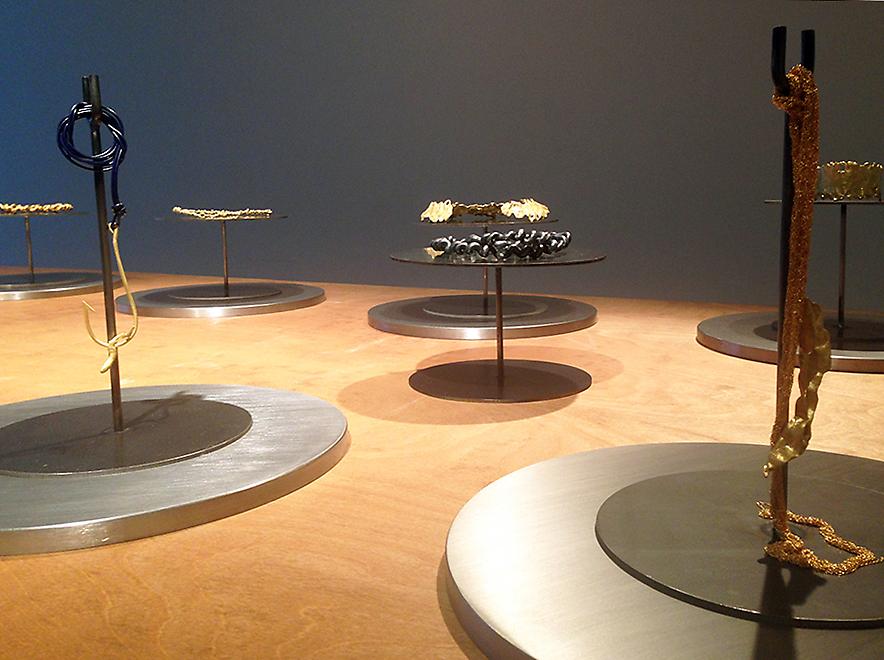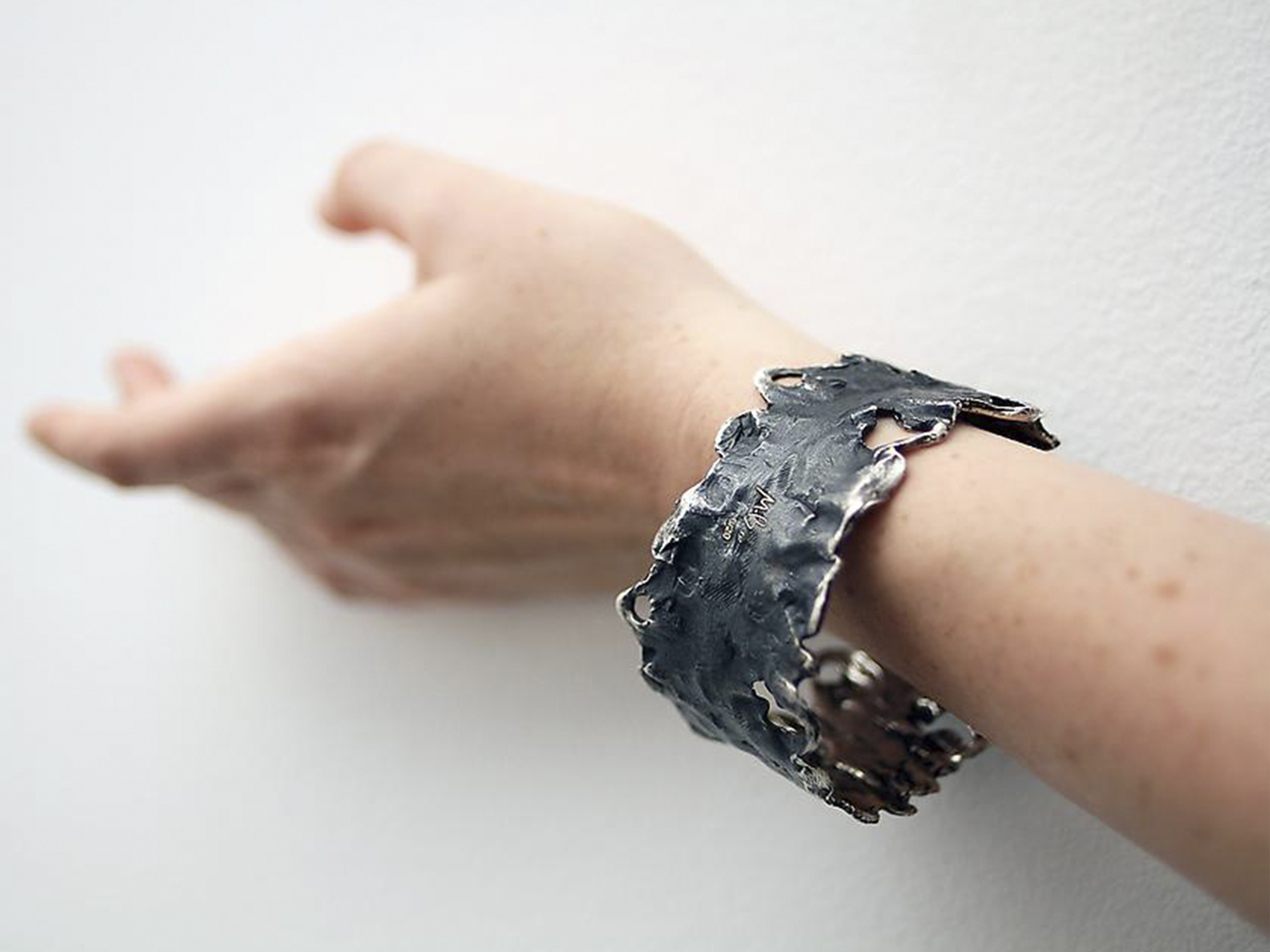“Miquel Barceló and I belong to the same generation. He used to come to my shop in Madrid to buy jewelry and I know he has always admired my work. This close acquaintance enables me to say that he is a fine professional who is deeply respectful, that he listens (a gift in itself!) and leaves the door open to my possible interpretations of his proposals. For our first joint undertaking he worked in wax, searching for transparency in the metal, a concept which sounds chimerical, stated in those terms. He moulded the wax into a rectangle with his own hands and I found the almost magical, evanescent mark of his fingerprints on it. He was working on the dome for the United Nations in Geneva at the time and I vividly remember that third working session. He had just completed “The Multiplication of the Loaves and Fishes”, his fantastic altarpiece for the Blessed Sacrament Chapel in Palma Cathedral, Majorca. I could see he was immersed in a world that drew life from the sea and plants, a world closely linked to the iconography of that stage in his career. Out of it arose Les Algues de Mer (Seaweed) and a series of jewels (earrings, necklaces and pendants) that we entitled Boucles de Mer (Sea Curls). At our very first meeting in Paris in 2007, I told Miquel about my method of working. The next time I saw him he had made an enormous pile of test pieces out of a variety of easily worked materials – aluminium foil, cardboard and pieces of wax he shaped with his hands, leaving fingerprints that are reproduced in some of the jewels. All these he had turned into generous forms which were fully in tune with his serpentine aesthetic of the time. I saw immediately that the art jewels, in this instance, were in some way contained within the proposals. My relationship with Miquel Barceló has endured to the present day, driven by the force of his instinctive, creative personality.”
– Chus Burés on Miquel Barceló, Madrid – Paris, 2012
“As in any human activity, some things turn out better than others, and some people have the privilege to find a foothold or make themselves a name immediately. It is in precisely this context that another of the criteria of aesthetic criticism comes into play. That criterion is style, that which sets an artist apart, the discovery of a vocabulary that converts material expression into a personal hallmark. When I work with artists, I naturally have to play a specific and complex role comprising different phases of understanding, analysis and creative development. When the artist’s substance or inspiration blends, sometimes instinctively, sometimes deliberately, with the craftsman’s savoir-faire and secrets, the result is the jewel. One usually achieves this by following the roundabout paths of experience and conducting numerous trials and analyses until all the criteria work together, materially, and give rise to an object.“
– Chus Burés











